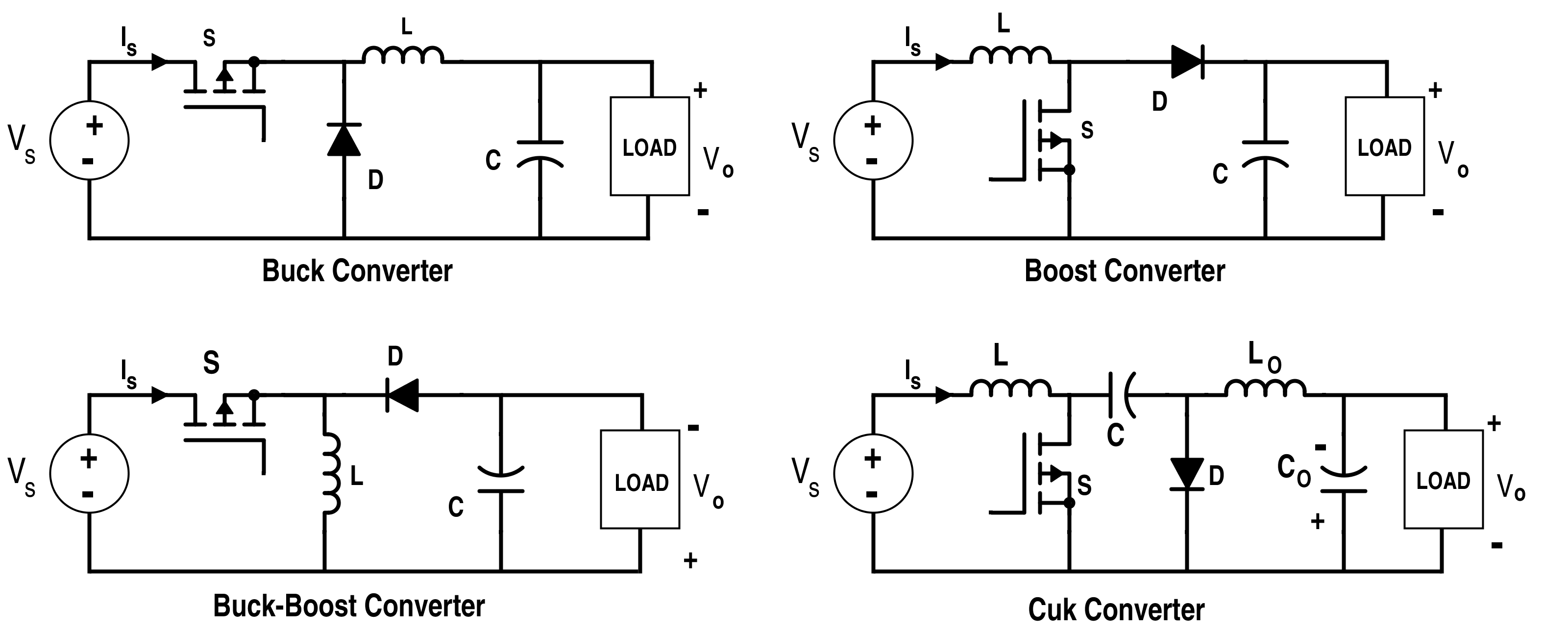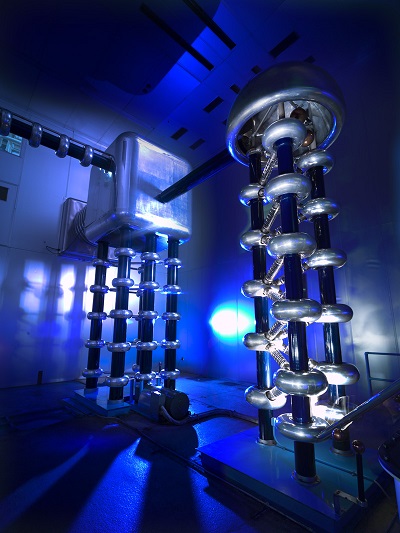Where did the need for 1.5 kVDC come from? Are you intending to use PV inverters but would be supplying their DC input from another source? If so, are you intending to tie the inverter output to a higher grid voltage than 400/230V, because a 1500 VDC inverter would be capable of that. If the grid you want to drive is at 400/230V then I think 1500 VDC capability would provide little or no advantage in your intended application, because the PWM would be throttling down the AC output swing quite a bit from its maximum capability. But a higher DC voltage would still be useful in reducing the DC conductor sizes and/or losses in a PV application.
The other thing with PV inverters is that they are designed to have what's essentially a current source drive (but with a limited voltage capability) from the strings of PV panels. Feeding a PV inverter from a low impedance DC source might impact the operation of the inverter. If the inverter has internal MPPT control that has been activated, then its behavior could be unpredictable with a constant voltage and low impedance input. I've also seen some descriptions of inverter PV architectures where the MPPT control of the DC-DC converter is intentionally interacting with the control of the PWM on the inverter output stages to do the overall control functions. If you intend to use PV inverters, you could do some experiments to see how they react with a low impedance source.
If you are considering some other type of inverter than those designed for PV applications, then you can ignore most of the above comments.
By the way, among its other issues, the voltage regulation of a voltage multiplier like a doubler will be relatively poor, and a tripler will be even worse in that regard.


